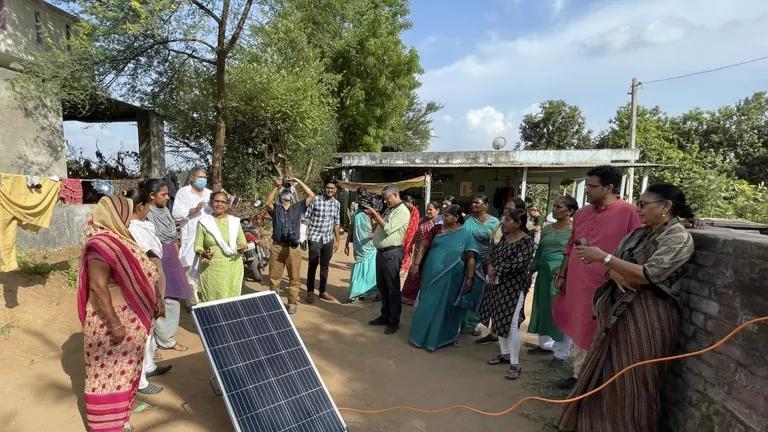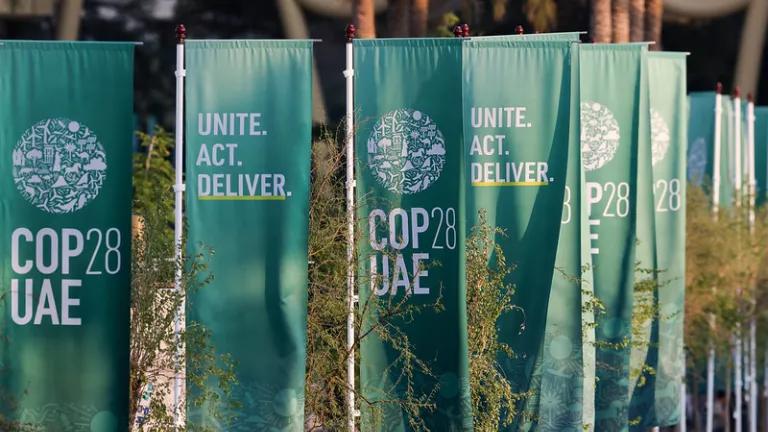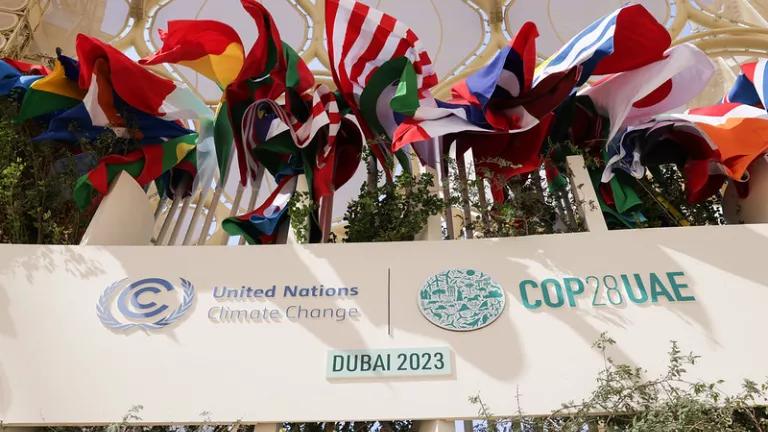Guest blog by Bhaskar Deol, NRDC India representative
While petrol prices are rising, India is seeing movement on the policy and financing fronts to increase solar energy in the next five years. Earlier this week, the Indian government announced plans to double the amount of clean power generated by 2017 under the next Five Year Plan – setting the solar PV energy target to 10 gigawatts (GW), up from just under 1 GW today. The Asian Development Bank (ADB) also recently unveiled a $150 million Solar Partial Guarantee Facility for Indian banks and financial institutions. Both the Indian government and ADB fund are moving in the right direction to expand India’s solar energy market. These types of innovative financing solutions are central to the success of India’s National Solar Mission as NRDC and the Council on Energy, Environment and Water (CEEW) analyzed in our recent report Laying the Foundation for a Bright Future.
Financing the 10 GW of solar energy capacity will need a significant investment of nearly Rs. 100,000 crore ($19 billion) over the next five years. As Dr. Arunabha Ghosh from CEEW discussed in his guest blog, it is critical for the success of the next phase of the Solar Mission and the Five Year Plan that financiers gain confidence in solar energy investments. Financial institutions need to develop adequate products, offer payment guarantees, syndicate loans, and share information between peers. A range of financial institutions need to operate at various levels to create an ecosystem to finance the Indian solar industry, as analyzed in our recent report.
Another colleague from CEEW, Rajeev Palakshappa, and I attended the workshop “Drivers of Commercial Viability and Risk Assessment of Solar Power Projects” hosted by ADB and National Renewable Energy Laboratories (NREL) in New Delhi. We learned that ADB’s guarantee fund covers up to 50% loss from loans given out to solar projects. The loans, administered via partner financial institutions, cover smaller and riskier projects, i.e., projects ranging from 2 to 25 MW in capacity. With a total $150 million available, this guarantee can potentially support as much as 160 MW of solar power – enough to power 215,000 urban Indian homes – assuming a cost of Rs 10 crore ($1.8 million) per MW.
Banks can benefit from this fund in two main ways. First, the fund guarantee boosts confidence of financial institutions and encourages them to lend to smaller projects. By covering 50% of the loan amount, the guarantee partly reduces the risk of lending to a project. In case of default by the developer, banks are assured of recovering part of the loan by cashing the guarantee. Second, the guarantee allows the financial institution to pool resources and share expertise with the ADB team, and come up with more robust risk assessment of the project. These two factors may result in lower lending rates being offered to deserving projects. The ADB fund is a step in the right direction and similar innovative financing solutions will play a crucial role in the success of India’s solar industry.
At the ADB workshop, NREL experts, Engineering, Procurement and Construction (EPC) companies, financial institutes, and developers discussed drivers of commercial viability and risk assessment of solar power projects. I was impressed by the financiers’ in-depth understanding of the technical, commercial, and regulatory aspects of the solar energy project proposals, especially since India started developing a solar energy market only two years ago. The questions raised by financiers ranged from technology, project implementation, and evaluation of power purchase agreements (PPAs), to operations and maintenance (O&M) and other contracts. The discussions also touched upon pragmatic ways of working with limited data on the assessment of solar resource, dealing with modeling uncertainty and its impact on project economics. It was clear that bankers are getting excited about the prospects of solar energy. They are eager to increase their understanding of the risks and are growing confidence to invest in the solar market.
Strong policy directives, like doubling the amount of clean energy in the next Five Year Plan, and innovative financing, like the ADB partial guarantee fund, are critical to reaching the National Solar Mission’s target of 20 GW by 2022 and developing alternative sources of energy. Crafting solutions with a combination of technical expertise, financial service innovation, in-depth understanding at the project appraisal team level, as well as senior management commitment to investing in this nascent industry, are central to scaling solar power in India. In the months ahead, India needs more business and government leaders to step up and launch innovative policy and financial solutions to unleash India’s solar power potential, find alternatives to expensive petrol, and fight global climate change.
(Anjali Jaiswal, NRDC India Director, contributed to this post.)



